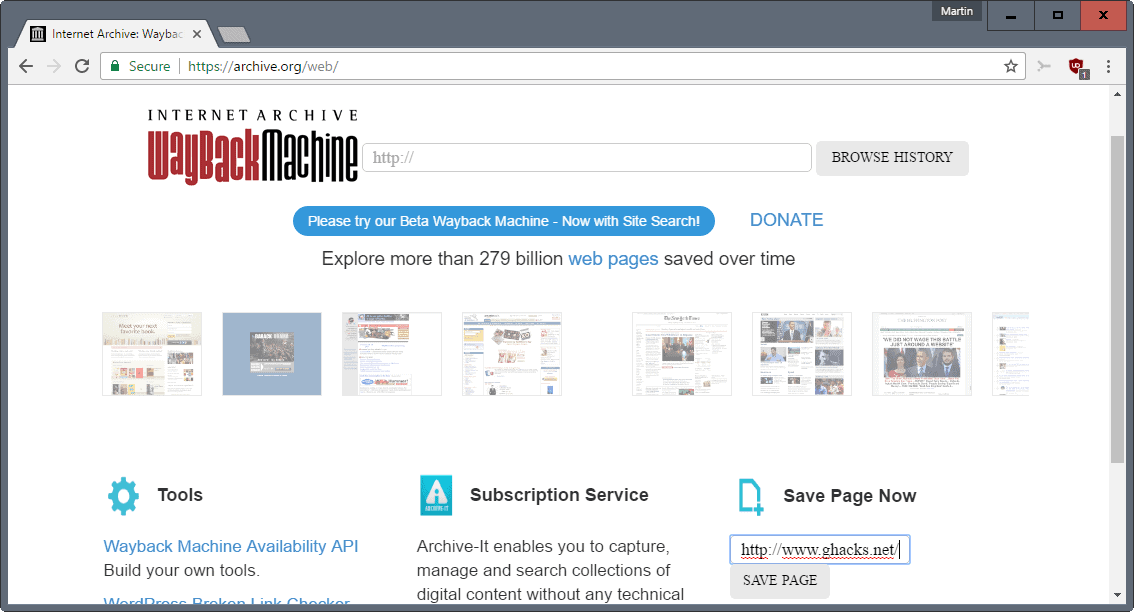

- #Wayback machine dell filelib pdf#
- #Wayback machine dell filelib archive#
- #Wayback machine dell filelib full#
I’d recommend keeping them in a folder that syncs to Google Drive or Dropbox just to make sure they’re safe. It should take you just a few seconds for each article. On a PC, I think it’s roughly similar, but it depends on the browser.
#Wayback machine dell filelib pdf#
On a Mac, you just hit the print button under “File” on any browser and use the PDF functionality within it.
#Wayback machine dell filelib archive#
My advice for that, since the Internet Archive focuses more on homepages, would be to use your browser to grab PDFs of your articles. I’m missing a ton of articles from high school and college, maybe for the better.

My online writing only goes back a little over a decade, but I’d say that half of it has already been swallowed by the shifting sands of the internet. This seems like a very easy way to set that up. I spoke to someone at RJI who’s working on this, and his advice was – make a PDF of your stories. When your work appears on the internet, it’s really easy for it to just disappear. I wrote about this a few years ago, told myself I needed to go save some stories from when I lived in St. Hare: We’ve talked before about other ways to monitor changes on websites, but I want to spend a little more time on the second function you mentioned: archiving your own work. People will see it when they go back to look at that URL in the Internet Archive. I mean, if you’re particularly proud of how your news organization’s front page is looking on a given day, grab an archive. So I’m going to suggest grabbing archives of government websites, websites for big corporations, large donors to politicians and lobbyists and the like, and other organizations with power.īut you can literally use it for anything. LaForme: As a journalist, I’m particularly interested in holding those in power accountable. That’s something you can already do from most browsers, but it’s a great two-step process of capturing a site that you think needs to be archived for some purpose. It also gives you the option to download a PDF of that page as it’s captured. There’s a little search bar on the bottom right side of the Wayback Machine home page (notably, it’s not on the homepage) that lets you enter a URL and grab any page that’s currently online. That’s a huge loss for us.Īnyway, the first thing I learned about the Wayback Machine is that you can actually set it to capture a page manually. LaForme: I wish newsrooms still kept a bunch of them around.
#Wayback machine dell filelib full#
Librarians are always full of good surprises. I’ve been using it for years and years, but this week I spoke to Gary Price, a researcher, librarian and founder of, who clued me in on some Wayback Machine features I never knew about. This is great because, as we know, sometimes people try to change things on their websites - which are essentially their online personas - and pretend like it didn’t happen. For those who aren’t aware of it, the Wayback Machine is a search service that can show you old versions of a website. Most people are aware of the Internet Archive Wayback Machine. Hare: Hey, Ren, what are we talking about this week? This week, we dig into tools on that site that make it easy to save what you find. You may already know about a website that lets you peek into the past.


 0 kommentar(er)
0 kommentar(er)
